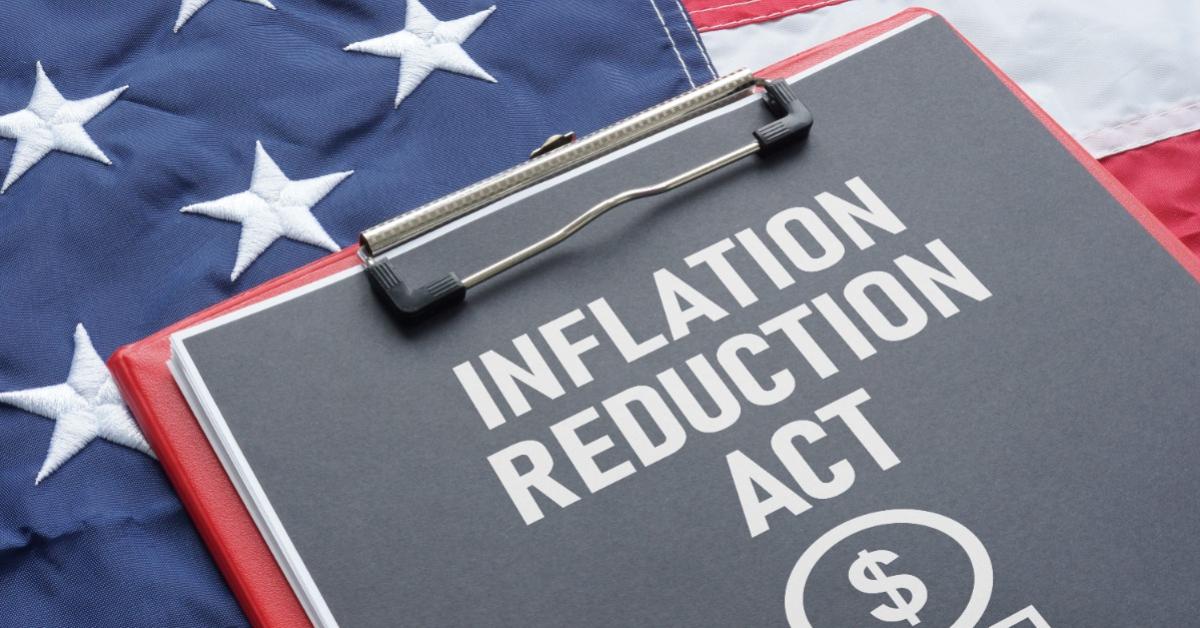
Taking advantage of their current majorities in Congress, which might not last beyond the midterms, and after eighteen months of marathon negotiations, the Democrats finally passed yet another plan to artificially and unfairly dope the US economy. The $430 billion plan was signed into law by President Joe Biden soon after.
Indeed, after the midterm elections of November 8, 2022, few believe that the Democrats will keep their legislative majorities, given the so far disastrous presidential term of the Biden administration. Suffice it to recall that President Biden seems to be senile, that Washington is fomenting and financing major crises around the world that do not even benefit the American people, and that the Consumer Price Index in the USA (the CPI) has been rising sharply since 2021.
Indeed, after the astronomical sum of $6 trillion spent under the pretext of the covid-19 pandemic, this latest spending plan concerns the climate and health. Most of this spending, $370 billion, is related to the climate; the objective is to reduce greenhouse gas emissions by 40 percent by 2030, using a tax credit to encourage citizens to transition to electricity and solar, and to push companies toward energy transition as well.
The Inflation Reduction Act Won’t Reduce Inflation
Washington’s latest spending plan is a good opportunity to show why, as a libertarian, it is necessary to be completely opposed to it.
Such a bill is above all a classic political weapon, consisting in buying the electorate to try to reverse the catastrophic result expected at the midterms. As the New York Times, reported, the passage of this plan “launched a frantic 91-day sprint to sell the package by November—and win over an electorate that has become skeptical of the Democratic regime.”
This spending plan will be funded to some extent by the creation of a minimum tax of 15 percent for large corporations, but above all, it will be paid for—no surprise—by an increase in US debt, which is already stratospheric. Ironically, the plan is officially called the “Inflation Reduction Act,” even though, as the Wall Street Journal headlined, “The Inflation Reduction Act Will Not reduce Inflation,” nor will it brake price increases in the short term. On the contrary.
It is useful here to remember the Austrian definition of inflation, because it is finer than the one commonly used. The Austrian school of economics makes a clear distinction between the state’s increase in the money supply, what it defines as “inflation,” and the general increase in prices. The latter are a consequence not only of changes in supply and demand, but also of an increase in the money supply.
This definition makes it possible to discern that the increase in prices is essentially linked to the increase in the money supply, the result of two years of massive public spending in the US. This progressive devaluation of the unit of money not only allows large financial institutions to reduce the value of their debts, but these institutions also have the advantage, because of the Cantillon effect, of being able to spend new funds, before prices increase for the rest of society. Thus, inflation is called a regressive tax.
Unfair and Unjustified State Intervention
The Inflation Reduction Act must also be heavily criticized from a libertarian point of view, as it is yet another massive intervention by the federal government in the economy. It is a continuation of the ongoing distortions of the free market with inevitable negative effects. As Ludwig von Mises wrote in his masterpiece, Human Action:
On the unhampered market there prevails an irresistible tendency to employ every factor of production for the best possible satisfaction of the most urgent needs of the consumers. If the government interferes with this process, it can only impair satisfaction; it can never improve it.
State intervention thus always means the introduction into the market of inefficiency, reduced economic output, and misuse of existing resources. Such intervention distorts the mechanism of the market economy, which constantly tries to move closer to a theoretical economic optimum, without ever reaching it.
State intervention is also necessarily unfair because certain groups or sectors of society (in this case companies in the electric and solar sectors) have an advantage over other groups or sectors.
What Relationship between Dollars and Temperature?
Moreover, mainstream media does not seem to want to address the exact cause-and-effect relationship between $370 billion in state spending on “climate,” on the one hand, and a supposedly desired decline in global temperature, on the other. This decline is in the end what is sought, even if it is rarely explained. But this comes as no surprise, because “climate policy” is one of those themes that collective opinion in the West must not question.
The reality is that this cause-and-effect relationship is indirect and complex, as it passes through several empirical and statistical stages. It is impossible to say exactly what effect a certain amount of public spending will have on the transition to renewable energies or to what extent it will reduce anthropogenic CO2 emissions. It is also impossible to say exactly what decrease in global temperature could be a consequence of such a reduction in human CO2.
Yet, in principle, such a significant sum as $370 billion “for the climate” should at a minimum be justified by legislators to the people they represent, as far as its real effects are concerned. No attempts have been made to do that.
Conclusion
For these reasons, this huge climate and health plan, with its significant impact on the US economy, cannot be justified, either from a moral or scientific point of view. Given the corruption that exists in Washington, DC, in a political system based on crony capitalism, it is likely that these funds will benefit mostly those who are politically well connected.
This “Inflation Reduction Act” is yet another grotesque intervention by the US government in the economy. With this law, the United States has accelerated its antiliberal economic tendency and has confirmed the antiliberal and interventionist shift of recent decades. Given the economic and military power of Washington, DC, and the innocent bliss of the majority of the American people when it comes to the real interests of the political class, the consequences of such a policy will be become even more dramatic than they already are. Unfortunately, things will probably get worse before they get better.




